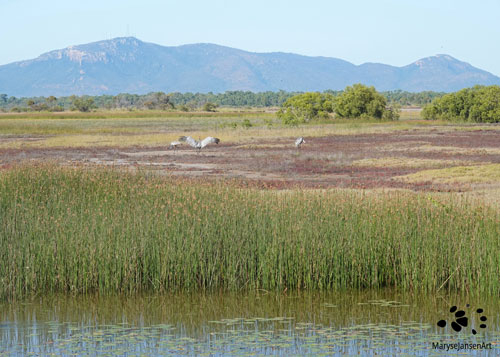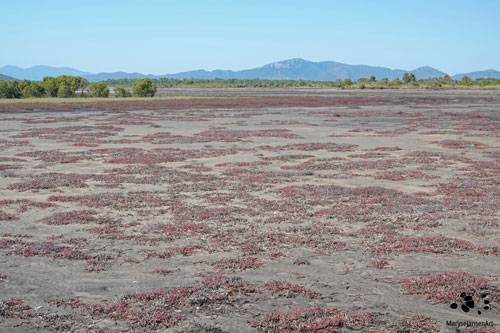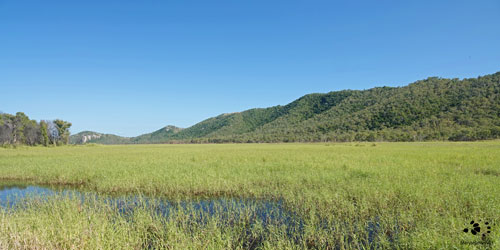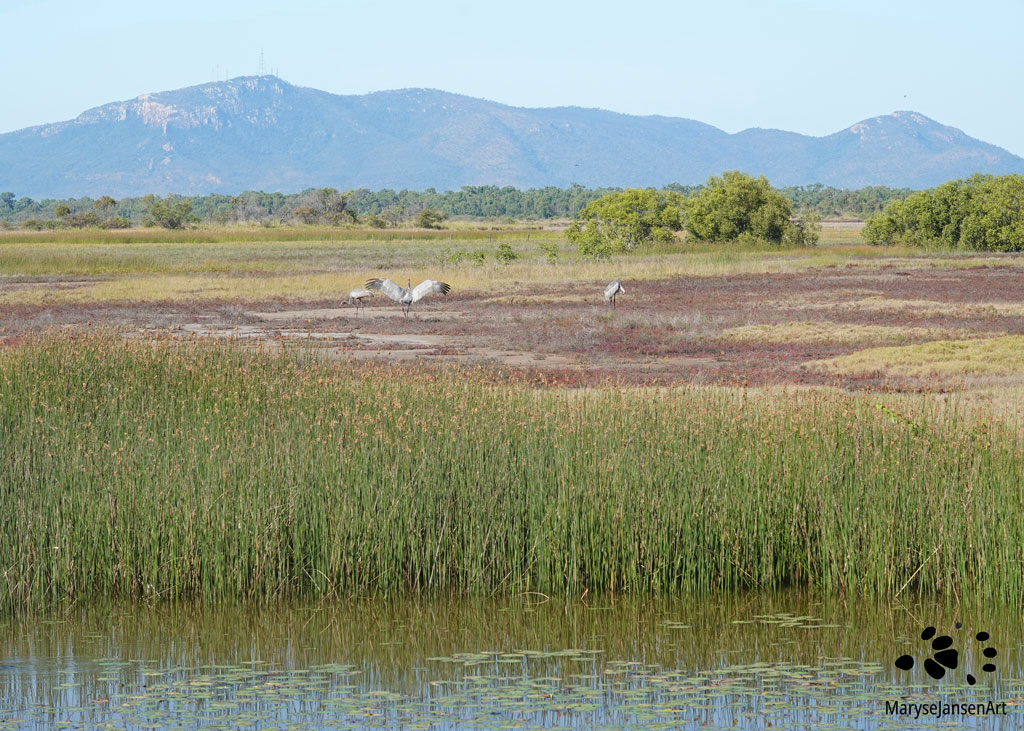Landscape Photography with marysejansenart
What’s the deal with all these different wetlands and waterbirds?

Wetlands and waterbirds are very broad terms which can get a bit confusing. In earlier posts, I have discussed some of them and I think before I take you on my next wetland walk, spotting waterbirds, that now is a good time to give it some more context.
Classifying Waterbirds
Waterbirds can be subdivided into marine- and freshwater ecosystem birds. Within these systems, we can recognize the following groups (Orders):
Freshwater ecosystem birds:
- Waterfowls eg: Swans, Ducks and Geese (Anseriformes)
- Grebes (Podicipediformes)
- Cormorants, Australasian Darters, Spoonbills, Pelicans, Ibises, etc. (Pelicaniforms)
- Storks, Herons, Egrets and Bitterns (Ciconiiformes)
- Brolgas and Sarus Cranes, Crakes, Rails, Moorhens and Coots (Gruiformes)
Marine ecosystem birds:
- Shorebirds/waders eg: Dotterels, Sandpipers and Oystercatchers (Charadriiformes)
- Seabirds/marine birds eg. Gulls and Terns (Suliformes, Sphensisciformes, Phaetohontiformes, Procellariiformes, and some families within Charadriiformes )
If you have read in my article about Egrets and watched the video on Shorebirds, you may have noticed we spotted them in the mangroves and on the beach that day. So even though Egrets are classified as freshwater ecosystem birds, they also cross over to saltwater ecosystems. They will happily fish in either salt or fresh water. This applies a number of other species as well, such as Pelicans and Cormorants.
Other groups of birds that are specialized in fishing, you will also find living around the water. In this category we find Kingfishers, Ospreys, Brahminy Kites and Sea Eagles. But these birds are not considered waterbirds as they spend most of their time on land or in trees, as opposed to the Egrets for instance who spend a lot of time in the water while they hunt. When visiting wetlands there is a good chance you might see some of these birds though as they do rely on the water to find their food.
Five different wetland systems
To understand which birds can be found where, we need to have a look at the different types of wetlands. Wetlands can be classified into five different systems:
- Marine (ocean) wetlands: ocean, or another body of saltwater (e.g. oceans and bays)
- Estuarine (tidal) wetlands: where a freshwater source meets the sea, in other words where the water is brackish (e.g. mangroves and saltmarshes)
- Palustrine (marsh) wetlands: non-tidal, non-riverine, vegetated wetland with more then 30% vegetation and less then 0.5% salinity (e.g. billabongs, marshes and swamps)
- Riverine (river) wetlands: river or another body of flowing freshwater (e.g. rivers and creeks)
- Lacustrine (lake) wetlands: lake or another body of non-flowing freshwater (e.g. lakes and ponds)
Seasonal Wetlands
Wetlandinfo by the QLD government tells me that the wetlands I am visiting today are mostly estuarine wetlands and also partly palustrine wetlands. Although over 80% of these wetlands are considered estuarine I am a bit puzzled because they do not have a direct link to open sea. They do have estuarine vegetation though. There is something special going on here!
This can be explained by the fact that these are seasonal wetlands. Because there is no link to flowing water, the water in the area will in the dry season simply evaporate, leaving behind a coating of minerals and salts, creating a saltmarsh and eventually a saltpan. In this dry state, shades of grey, brown and pink dominate the landscape. When the rainy season comes, the pan gets quickly filled up with water and everything turns green!

We have had a pretty wet year in Queensland this year and so even though it’s July, there is still plenty of water in the lagoon. More elevated parts of the wetlands have mostly dried out so I can get an idea of what both wet and dry look like. You can see that difference clearly illustrated in the images above and below.

Birdwatching in the wetlands
This area is known as the ‘Town Common Conservation Park’, the local Aboriginal name is ‘Wambulana’. As the land consists of a combination of estuarine and palustrine wetlands, we can expect a great variety in waterbirds here. I think especially waterbirds that tolerate fresh as well as salt water might like it here, but of course also some birds that like only saltwater or freshwater. The trees and shrubs around the water also will attract those fishing birds I mentioned above. And, as a bonus, this vegetation may attract a lot of terrestrial birds, such as Double-barred Finches and Rainbow Bee-eaters. All together that makes this an amazing place for birdwatching! And the scenery is beautiful too!
Enjoy the new episode of ‘Come for a walk in the Australian Bush’ below and find out which birds I have spotted during my walk here:
If you are interested in purchasing the featured image ‘Brolgas in the Landscape’ or would like to see what the image looks like on the various products, please head to my shop. If you prefer ‘Wambuluna Wetlands’ click shop here.


